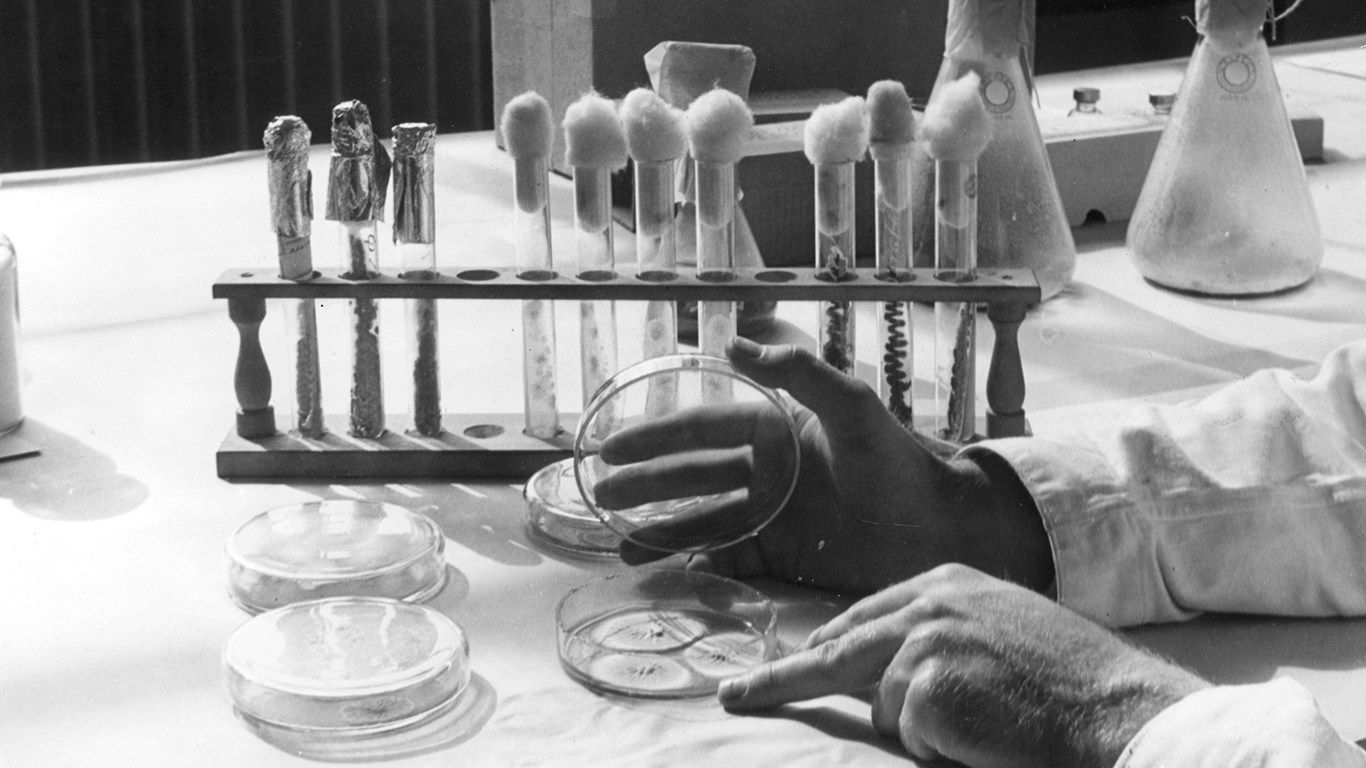
All devices, clothes, and even dishes were invented by someone. But many have become so ingrained in our lives that we don’t even spell them with a capital letter, even when they are technically a person’s name.
The people on this list probably didn’t imagine they would one day be nouns, but this is a great honor. Their designs, some of which were quite accidental, have changed history and how people live and work. These are the 21 most important inventions of the 21st century.
And although some of these inventions were developed centuries ago, they have not faded away — unlike some modern inventions we no longer use — and their names, and creations, are here to stay.
These creative minds have their own classification – eponyms. Merriam Webster defines them as one of whom or of which something is named. Can you think of a better way to claim ownership of something that can never be misrepresented or lost in translation?
To compile a list of 21 famous inventions that were named after their inventor, 24/7 Tempo reviewed over a dozen, reference materials, media sources, and historical articles on inventions that changed history.
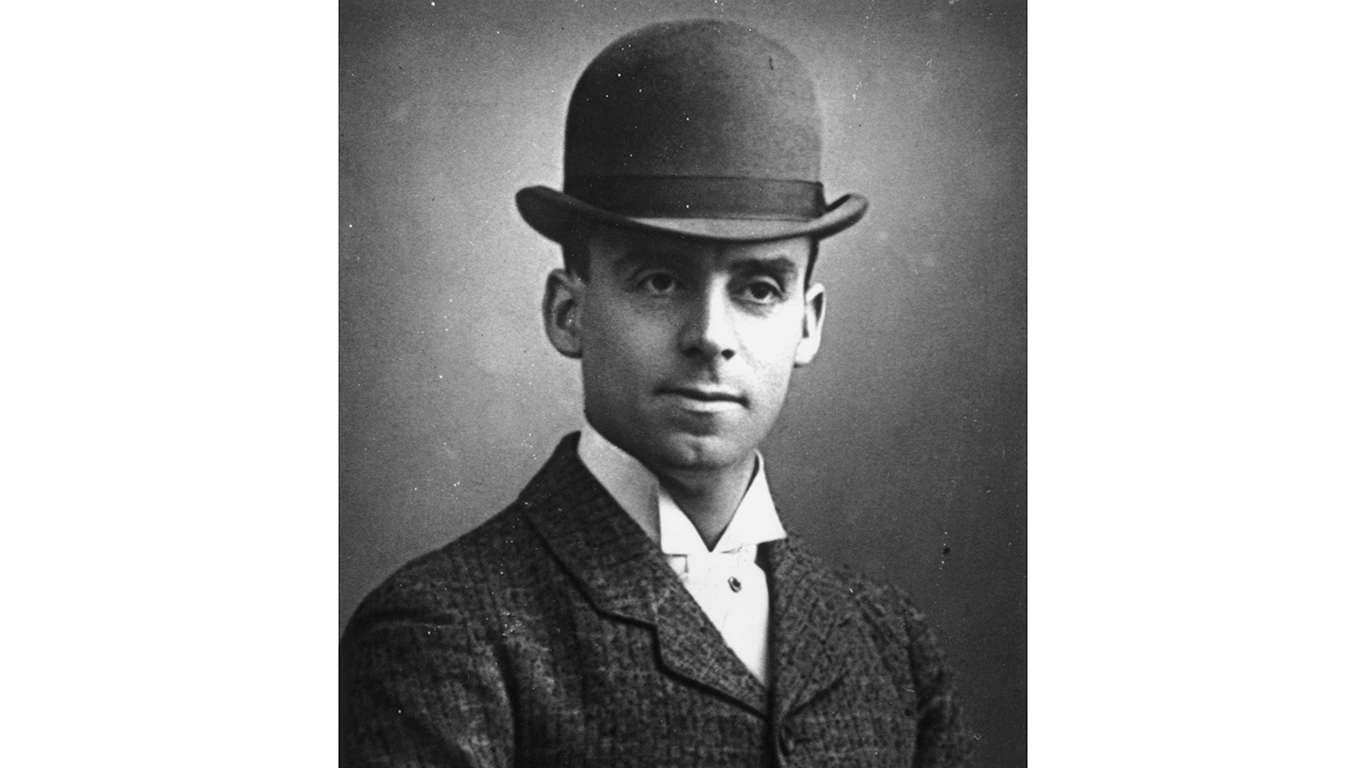
Bowler hat
> Inventor: William and Thomas Bowler
> Year it was invented: 1850
> Description: Hat to protect the head from tree branches
William and Thomas Bowler were two hatmakers from London. The bowler hat was designed in 1849 for Edward Coke, the younger brother of the 2nd Earl of Leicester, to protect him from low-hanging tree branches. It became a status symbol in England in the 1950s and 1960s.
[in-text-ad]

Diesel engine
> Inventor: Rudolf Diesel
> Year it was invented: 1892
> Description: More efficient internal-combustion engine
It took Rudolf Diesel 13 years to develop the slow-burning, compression ignition engine. At the time the steam engine was the major source of power for large industries. High-speed diesel engines hit the market in the 1920s. They were used in passenger cars starting in the 1930s.
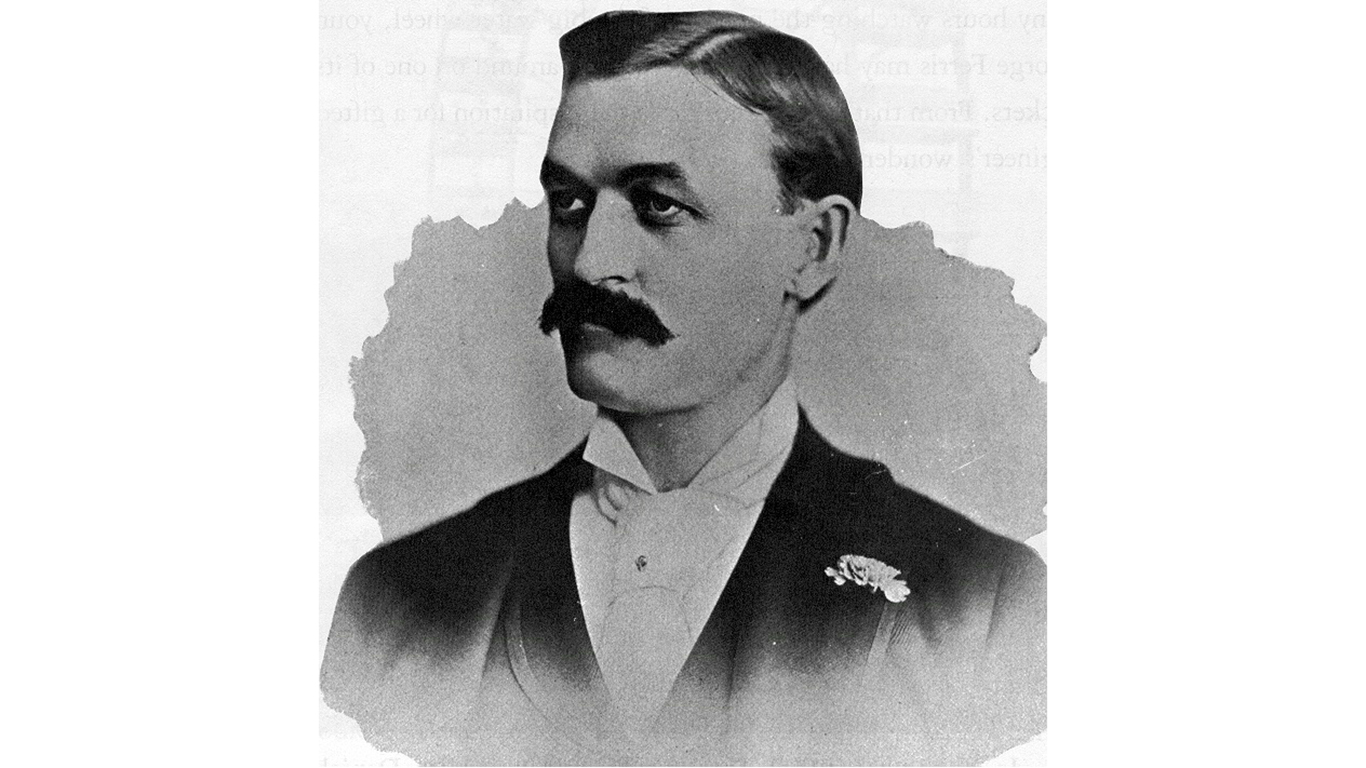
Ferris Wheel
> Inventor: George W. G. Ferris
> Year it was invented: 1893
> Description: Tourist attraction
The Ferris Wheel was designed as the American competitor to the Eiffel Tower. George Washington Gale Ferris, Jr., was a young engineer whose company was given the task of coming up with something “daring and unique.” This kind of amusement park wheel had been designed before, but not at this scale. Ferris’s wheel was 250 feet in diameter and it carried 36 cars, each with a capacity of 60 people.
[in-text-ad-2]

Heimlich maneuver
> Inventor: Henry Judah Heimlich
> Year it was invented: 1974
> Description: To treat upper airway obstructions
Dr. Henry Heimlich was a surgeon in Cincinnati when he developed the life-saving technique to prevent choking in 1974. To remove a foreign object from someone’s upper airway using the Heimlich maneuver, a person pushes the victim’s abdomen in and above the navel, forcing out enough air to clear the windpipe. Heimlich died in 2016.
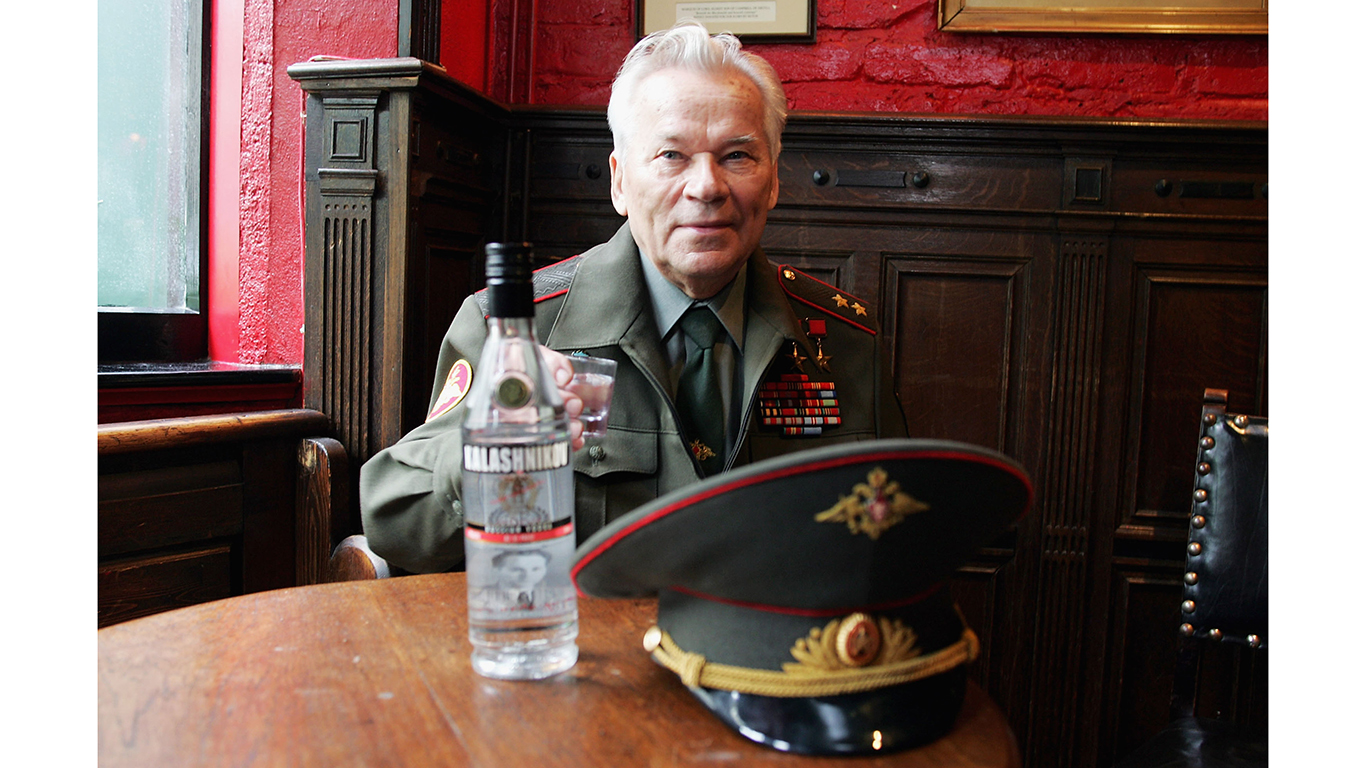
Kalashnikov, or AK-47
> Inventor: Mikhail Kalashnikov
> Year it was invented: 1947
> Description: Assault rifle
Arguably the most famous weapon in history, the AK-47 was designed from a hospital bed by Mikhail Kalashnikov. Kalashnikov, who served in a Russian tank unit, had been wounded during a battle against Germany in World War II.
[in-text-ad]

Mason jar
> Inventor: John Landis Mason
> Year it was invented: 1858
> Description: Wide-mouthed glass jar
You would think that the inventor of one of the most useful containers ever created would have made a lot of money from his invention. But Mason did not see a penny from his jars because companies started mass producing them after the patent expired in 1879.

Petri dish
> Inventor: Julius Richard Petri
> Year it was invented: 1877
> Description: Transparent dish used for the culture of microorganisms
Julius Richard Petri was a German microbiologist working for the army when he designed nesting glass plates that happened to be perfect for growing microorganisms. Petri worked under Robert Koch, who was famous for discovering the causes of cholera, tuberculosis, and anthrax. But he was able to do so because he had sterilized petri dishes to grow bacteria in.
[in-text-ad-2]

Jacuzzi
> Inventor: The Jacuzzi Brothers
> Year it was invented: 1956
> Description: Hydrotherapy pump
The Jacuzzi family emigrated from Italy to California in the early 1900s. They worked in the agriculture sector, improving aviation devices and water pumps. They invented the submersible pump, which was the first of its kind in the world. When a family member developed arthritis, the brothers created a portable hydrotherapy pump, which was the first type of Jacuzzi.
[in-text-ad]
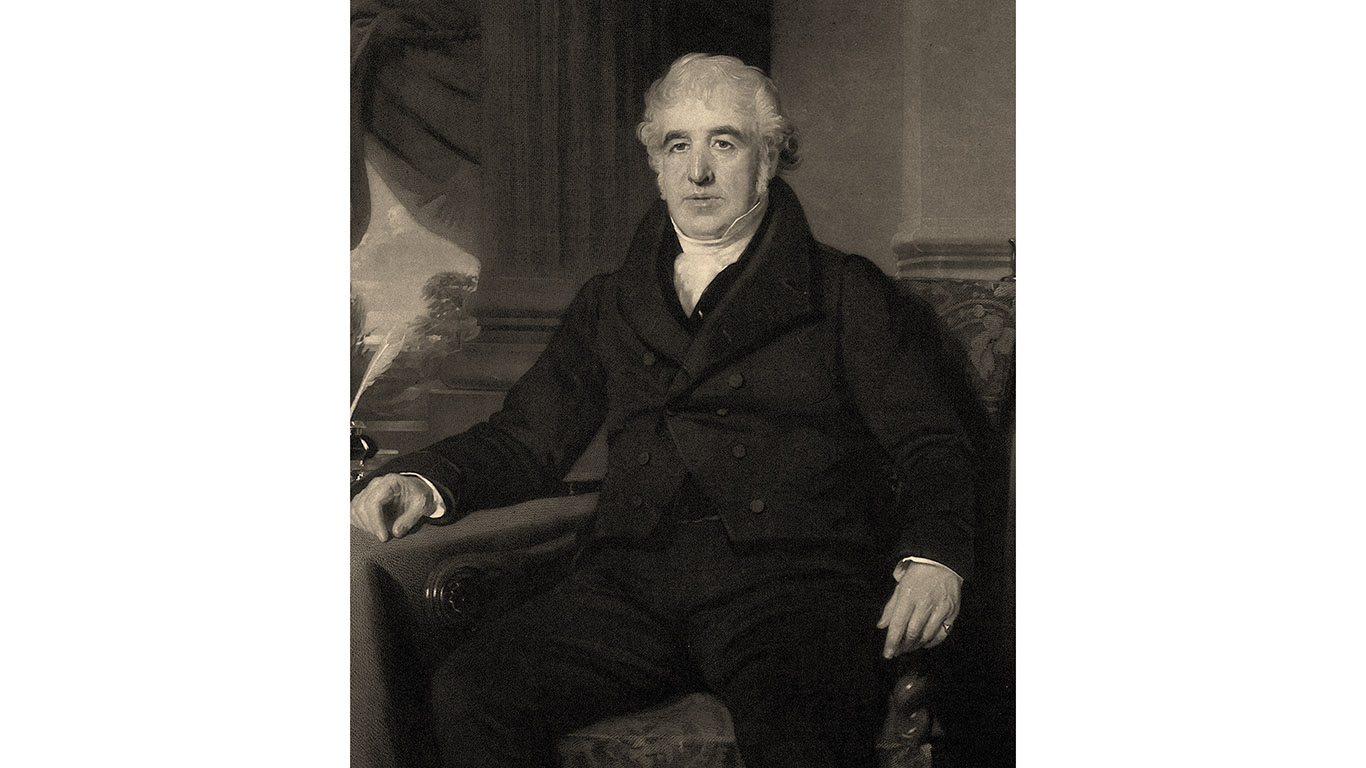
Mackintosh
> Inventor: Charles Macintosh
> Year it was invented: 1823
> Description: Waterproof coat
The Scottish chemist came up with a method to make garments resistant to water while trying to find some use for gasworks byproducts. He used rubber dissolved in coal-tar naphtha to glue two pieces of material together. The original had numerous problems but was significantly improved when vulcanized rubber, which was not affected by temperature changes, was used.
[in-text-ad-2]

Salisbury steak
> Inventor: James H. Salisbury
> Year it was invented: 1860s
> Description: “Muscle pulp of beef”
Dr. James Henry Salisbury described it as a “muscle pulp of beef.” The invention took about three decades to complete. It started when Dr. Salisbury treated bowel movement problems among Union soldiers during the Civil War by having them eat mostly meat. He believed consuming meat and a lot of water would solve certain digestive ailments.

Saxophone
> Inventor: Adolphe Sax
> Year it was invented: 1845
> Description: Musical instrument
Belgian born Antoine-Joseph Sax, or Adolphe Sax, came from a family of makers of musical instruments. He studied, among other instruments, the clarinet. Inventing the saxophone was somewhat of an accident when he was trying to improve the tone of the bass clarinet. He patented the saxophone in 1845.
[in-text-ad]

Bakelite
> Inventor: Leo Hendrik Baekeland
> Year it was invented: 1907
> Description: The first thermosetting plastic
The industrial chemist was credited as being a key figure in founding the modern plastics industry largely because of his invention — the Bakelite. It was the first kind of plastic that does not soften when heated. It is used to make all types of things, from jewelry to even billiard balls.
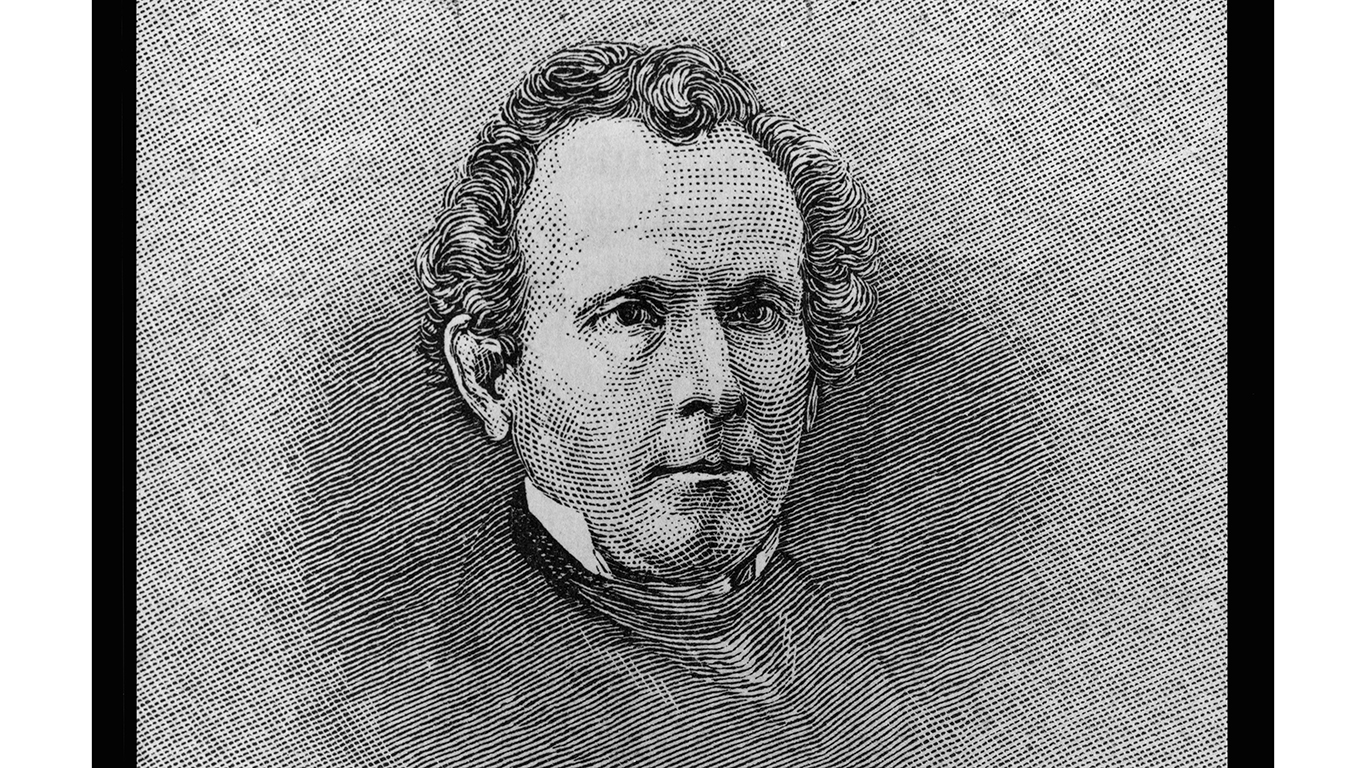
Graham Crackers
> Inventor: Sylvester Graham
> Year it was invented: 1800s
> Description: Vegetarian snack
Knowing that Sylvester Graham was a minister may help explain why he invented a healthy snack he believed would curb people’s impure desires. He thought a bad diet was the biggest reason forhaving feelings of lust, which, according to him, were physically unhealthy. Vegetarian food, he insisted, would solve the problem.

Nachos
> Inventor: Ignacio “Nacho” Anaya
> Year it was invented: 1943
> Description: Tortilla chips and melted cheese snack
Nachos are such a popular snack that the word isit’s not even spelled with a capital N, even though it’s thea name, or rather thea nickname rather, of a person. Ignacio “Nacho” Anaya served what was later called nachos for the very first time to American military wives at a restaurant in Mexico, close to Fort Duncan. He fried tortilla chips and put shredded cheddar cheese and sliced jalapeños on top. He warmed them up for a few minutes and voila!
[in-text-ad-2]

Shrapnel
> Inventor: Major General Henry Shrapnel
> Year it was invented: N/A
> Description: Artillery munitions
Henry Shrapnel was an artillery officer. His invention, defined as a shell consisting of a case with a powder charge and a lot of usually lead balls that is explodesd in flight, took many years to complete. The case shot was replaced by a high-explosive ammunition when it became available.

Wellingtons
> Inventor: Arthur Wellesley, 1st Duke of Wellington
> Year it was invented: 1800s
> Description: Rubber boots
Military and fashion sometimes go hand in hand. One early example isn the Wellington boot. Sometime in the 1800s, Arthur Wellesley, who was then Viscount Wellington, asked his shoemaker to design a pair of boots that were more comfortable to wear with his new pair of pants. RemovingThe removal of the tassel and making the boots lower andso it’s easier to ride in them did the trick.
100 Million Americans Are Missing This Crucial Retirement Tool
The thought of burdening your family with a financial disaster is most Americans’ nightmare. However, recent studies show that over 100 million Americans still don’t have proper life insurance in the event they pass away.
Life insurance can bring peace of mind – ensuring your loved ones are safeguarded against unforeseen expenses and debts. With premiums often lower than expected and a variety of plans tailored to different life stages and health conditions, securing a policy is more accessible than ever.
A quick, no-obligation quote can provide valuable insight into what’s available and what might best suit your family’s needs. Life insurance is a simple step you can take today to help secure peace of mind for your loved ones tomorrow.
Click here to learn how to get a quote in just a few minutes.
Thank you for reading! Have some feedback for us?
Contact the 24/7 Wall St. editorial team.
